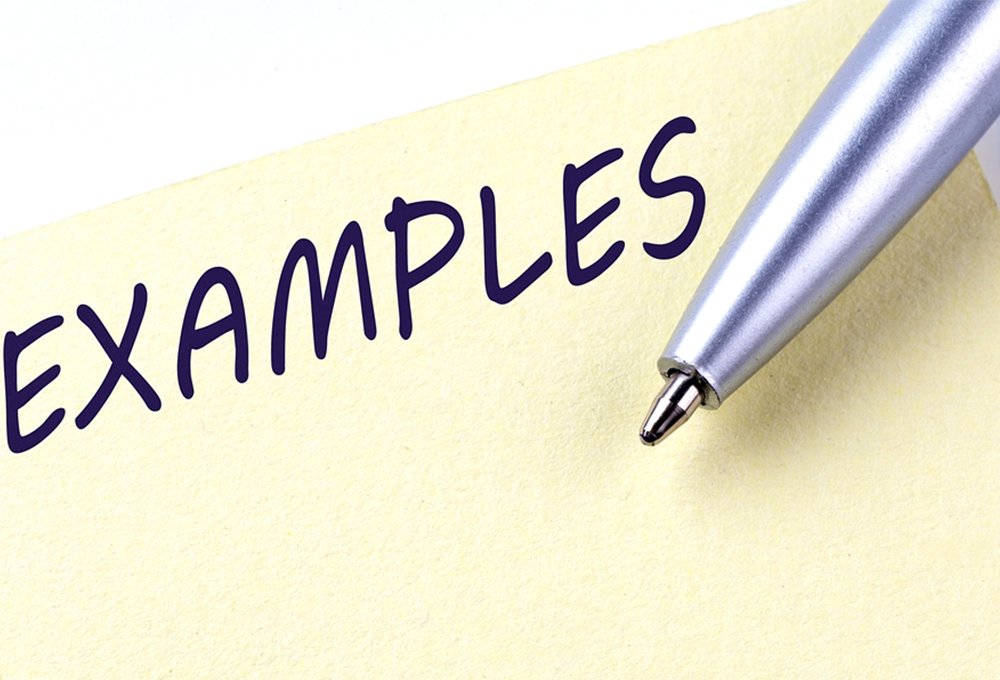Creating and maintaining a strong brand presence on social media can be both rewarding and challenging. One of the most critical tools in managing this presence is a well-crafted set of social media guidelines. These guidelines not only protect your brand but also empower your team to represent it consistently and effectively. In this post, we’ll explore how to write effective social media guidelines with practical examples, ensuring your brand remains strong and cohesive.
1. Introduction
In today’s digital age, social media is a vital aspect of any brand’s marketing strategy. However, without clear guidelines, the message your brand sends can become inconsistent, or worse, damaging. This blog post will guide you through creating social media guidelines that protect and enhance your brand.
2. Why Social Media Guidelines Matter
Social media guidelines serve as a roadmap for anyone involved in managing your brand’s online presence. They ensure consistency, protect your brand’s reputation, and provide a clear protocol for handling various situations. By setting clear expectations, you can prevent misunderstandings and mishaps that could harm your brand.
3. Key Components of Effective Social Media Guidelines
Tone and Voice
Your brand’s tone and voice are crucial for creating a recognizable and relatable online presence. Whether your brand is casual and friendly or formal and authoritative, defining this clearly helps maintain a consistent personality across all platforms.
Example: “Our brand’s voice is friendly and approachable. We use casual language, avoid jargon, and always aim to make our audience feel welcome and valued.”
Content Creation and Sharing
Guidelines on content creation and sharing ensure that all posts align with your brand’s values and goals. This includes the types of content you share, the frequency of posts, and the visual style.
Example: “We post three times a week on Instagram, focusing on high-quality images that showcase our products in real-life settings. All posts should adhere to our brand’s color scheme and aesthetic.”
Engagement and Interaction
Engaging with your audience is key to building a loyal community. Guidelines should outline how to respond to comments, messages, and mentions, including how to handle negative feedback.
Example: “Respond to all comments within 24 hours. For negative comments, acknowledge the concern, apologize if necessary, and offer a solution privately”.
Privacy and Confidentiality
Protecting customer data and respecting privacy is non-negotiable. Clearly state what can and cannot be shared publicly to avoid any breaches of confidentiality.
Example: “Never share customer information or private conversations without explicit permission. Always use anonymized data when discussing case studies or testimonials.”*
Crisis Management
Having a plan in place for handling crises can save your brand from potential fallout. Outline the steps to take when a negative incident occurs, including who to contact and how to communicate with the public.
Example: “In case of a social media crisis, immediately notify the PR team. Draft a holding statement acknowledging the issue and promising a resolution. Follow up with regular updates until the matter is resolved.”*
4. Practical Examples
Example 1: Defining Your Brand’s Voice
“Our brand is all about innovation and excitement. Use energetic language, exclamation marks, and stay positive. For example, instead of saying ‘New product available,’ say ‘Check out our latest, game-changing product now!'”
Example 2: Handling Negative Comments
“When responding to negative comments, start with empathy. For instance, ‘We’re sorry to hear you’re not satisfied with your purchase. Please DM us your order details so we can make it right.’ Always take the conversation offline as quickly as possible.”
Example 3: Sharing User-Generated Content
“Encourage customers to share their experiences using our hashtag. When reposting user-generated content, always credit the original creator. For example, ‘Loving this photo from @username! Thanks for sharing your amazing experience with our product!'”
5. Implementation and Training
Once your guidelines are established, it’s crucial to ensure that all team members understand and adhere to them. Conduct training sessions and provide easy access to the guidelines for reference.
6. Regular Review and Updates
Social media trends and platform algorithms change frequently. Regularly review and update your guidelines to keep them relevant and effective. Schedule a bi-annual review to ensure they align with your current brand strategy.
7. Conclusion
Effective social media guidelines are the backbone of a strong, cohesive brand presence online. By clearly defining your tone, content strategy, engagement protocols, privacy measures, and crisis management plans, you can protect your brand and build a loyal following. Remember, these guidelines are not set in stone; they should evolve with your brand and the ever-changing social media landscape.
By following these steps and incorporating practical examples, you’ll be well on your way to crafting social media guidelines that protect and enhance your brand.
Do well to visit our shop for related E-Books for better understanding
Happy posting!
















